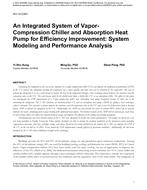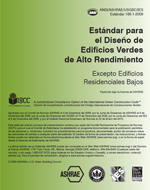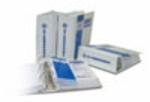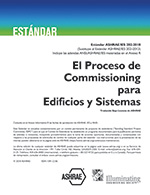Description
Subcooling the refrigerant at the exit of the condenser in a vapor-compression chiller (VC) can improve the coefficient of performance (COP) of the VC because the refrigerant entering the evaporator has a lower quality and more heat can be absorbed in the evaporator. One way to subcool the refrigerant is to use a cold stream to remove the heat of the refrigerant through a heat exchanger placed between the condenser and the expansion valve in the VC. The cold stream could be the chilled water from a chiller like VC or an absorption chiller. The effort in this paper has investigated the COP improvement of a Vapor-compression chiller and Absorption heat pump Integrated System (VAIS) due to the subcooling the refrigerant. The VAIS combines an electricity-driven VC and an absorption heat pump (AHP) by adding a heat exchanger, called a subcooler. The subcooler is placed between the condenser and the expansion valve of the VC and it uses the chilled water from a thermal driven AHP to subcool the refrigerant of the VC.
Additionally, the AHP can also provide hot water at around 50°C, which can be used for domestic hot water, swimming pool or space heating with additional heat inputs. The thermal resource of the AHP will be natural gas, waste heat, or solar energy, which can reduce the required primary energy and improve the efficiency of the cooling and heating equipment.
Thermodynamic and heat transfer models of the VAIS were developed to predict the system performances. The models are based on a test bed being installed at Purdue University. These models developed are able to predict the working conditions of the integrated system including temperatures, pressures, flow rate, enthalpy, energy, and others. Based on the results predicted by the models, the VAIS can improve the COP of the VC in the test bed by 13-28%. It was found the COP improvement actually affected by operation conditions. Additionally, the hot water produced by the VAIS shows additional strength of the technology.
Citation: ASHRAE Papers CD: 2014 ASHRAE Winter Conference, New York, NY
Product Details
- Published:
- 2014
- Number of Pages:
- 8
- File Size:
- 1 file , 2.5 MB
- Product Code(s):
- D-NY-14-C061




